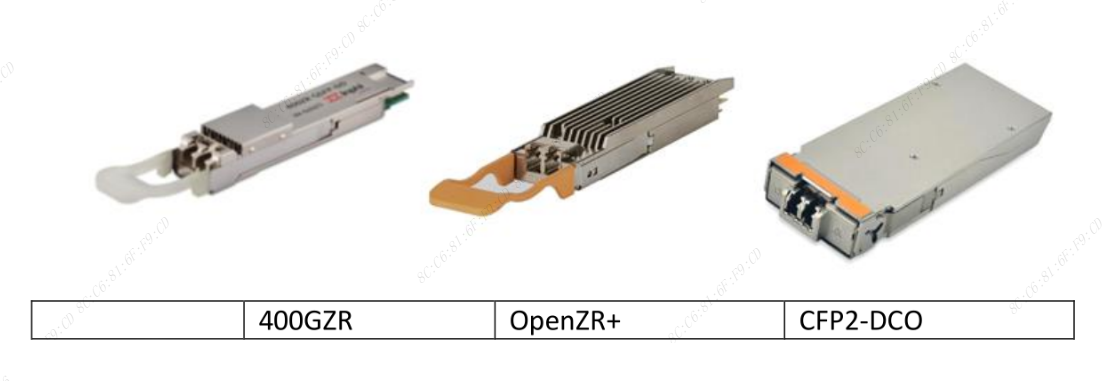 切换网页为中文
切换网页为中文
Company news
The frontier of technology --- understand coherent optical modules
2022-11-07
Starting from the 1x9 optical transceiver at the end of the 90s of the last century, to GBIC, XENPAK, SFP/XFP in the 2000s, etc.; In the 2010s, 100G optical transceiver CFP began to appear, and the second-generation CFP2, CFP4, and third-generation QSFP28 appeared. Then there is the 400G optical module CFP8 that began at the end of 2016, and the OSFP, QSFP56-DD, which has been deployed on a large scale today. After years of development, standardized and pluggable customer-side optical modules have long been an inevitable choice for customer-side service access in optical communications.

For metro large-capacity data connections or long-distance transmission interfaces, commonly known as line-side interfaces, the traditional approach is for each equipment manufacturer to develop its own special interface board and adopt private high-order modulation methods and FEC codec algorithms. As a result, the interfaces between different manufacturers cannot be interconnected, and in addition to monitoring through the manufacturer's own management system, it is basically impossible to use third-party tools to measure the transmission quality, and at most the connection quality can only be deduced through the power and signal-to-noise ratio parameters at the optical physical layer.

With the development of Internet services, the construction of cloud infrastructure, and the demand for AI artificial intelligence computing, in addition to long-distance transmission services, a large number of data centers need to exchange massive amounts of data between them. In order to meet the simple and open high-speed interconnection, various white-box and gray-box devices have come into being. In terms of connection mode, after years of hard work by United States ACACIA company (which has been acquired by CISCO) and the vigorous promotion of various open organizations, standardized pluggable modules for long-distance transmission have received more and more attention and applications, and many traditional optical module manufacturers have even given up the customer-side module business to fully develop line-side transmission applications. At present, the R&D hotspots of line-side optical modules using coherent detection are QSFPDD-ZR, OpenZR+, and CFP2-DCO (hereinafter referred to as coherent optical modules), which correspond to different application scenarios, support different service types, and adopt different FEC algorithms. Compared with customer-side optical modules, coherent optical modules basically need to put the complex functions implemented on a single disk of the original device in a standard module package, which is a serious challenge to the device integration adopted in the module, the power consumption and heat dissipation management of the module, and the functional configuration management.
ReturnCopyright © Originality Information and Technology Company Limited. Hubei ICP: 2022008426
